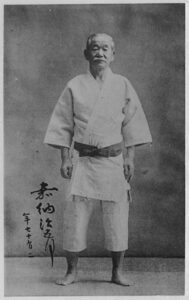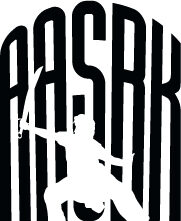While the majority of population knows everything there is to know about football – they know when there is an important match, they know that they can place bets with Royal Panda Bonus online for fun, and they know which TV channel streams which match – not a lot of the population knows a lot about martial arts. Some martial arts are all about flair and showing the other what you can do with your flexible legs and explosive moves. Some are completely the opposite. You seem non-aggressive and barely move, but when an opponent attacks, you twist and turn them into a pretzel and leave them wondering how they ended up on the floors so quickly.
Judo is a martial art that focuses on grappling and wrestling as a primary way of defending oneself and showing the opponent that flashy is far from effective. But, judo is also so much more. Here is a bit of judo history.

Judo – The Gentle Way
Judo was created by Jigoro Kano. Kano was a professor, athlete and overall, scientist, also known as a polymath. He studied jujutsu and wanted to create something that was more peaceful but still effective. Judo was what he created, in the 1880s. Judo is the first internationally recognized Japanese martial art, the first one that gained Olympic status, in 1966.
Judo has many principles, a couple of which are really important. Maximum efficiency and minimum power, mutual benefit and welfare and softness controlling hardness. These are principles which are more than just practical, but also philosophical. The philosophy behind judo was supposed to bring humanity closer, while showing them how the ebb and flow of energy works.
Judo in Practice – Pushing and Pulling
Like the ebb and flow of the oceans, so do people ebb and flow in fights. The principles of judo are similar to aikido, but with more painful results. Using an opponent’s energy in judo is pretty scientific. When one attacks, they move forward. You grab them and help them move more than they planned. This leads to them losing balance and falling, particularly if you aid them in that fall.
If they pull you, you do not resist, particularly if they are stronger. You push towards them and add more energy, causing them to lose balance. These are the basics of judo, but the techniques are divided into grappling, throwing and striking.
The Three Techniques

Throwing has three parts, the initial balance break, the initiation of the throw through positioning and the execution of the throw. Throws can be standing and sacrificial, the latter being the ones where the person doing the throws ends up on the ground, as well.
Grappling also has three sub-techniques, joint locks, strangles and holding or pinning techniques.
Striking in judo is a controversial topic and not allowed outside of kata practice. Striking is performed by hitting vital spots, thus disabling the opponent.
Judo is a martial art and philosophy, one of Japan’s most popular martial arts. It is the first Olympic martial art from Japan, and one that inspired many other martial arts, like Krav Maga, Sambo and more.

